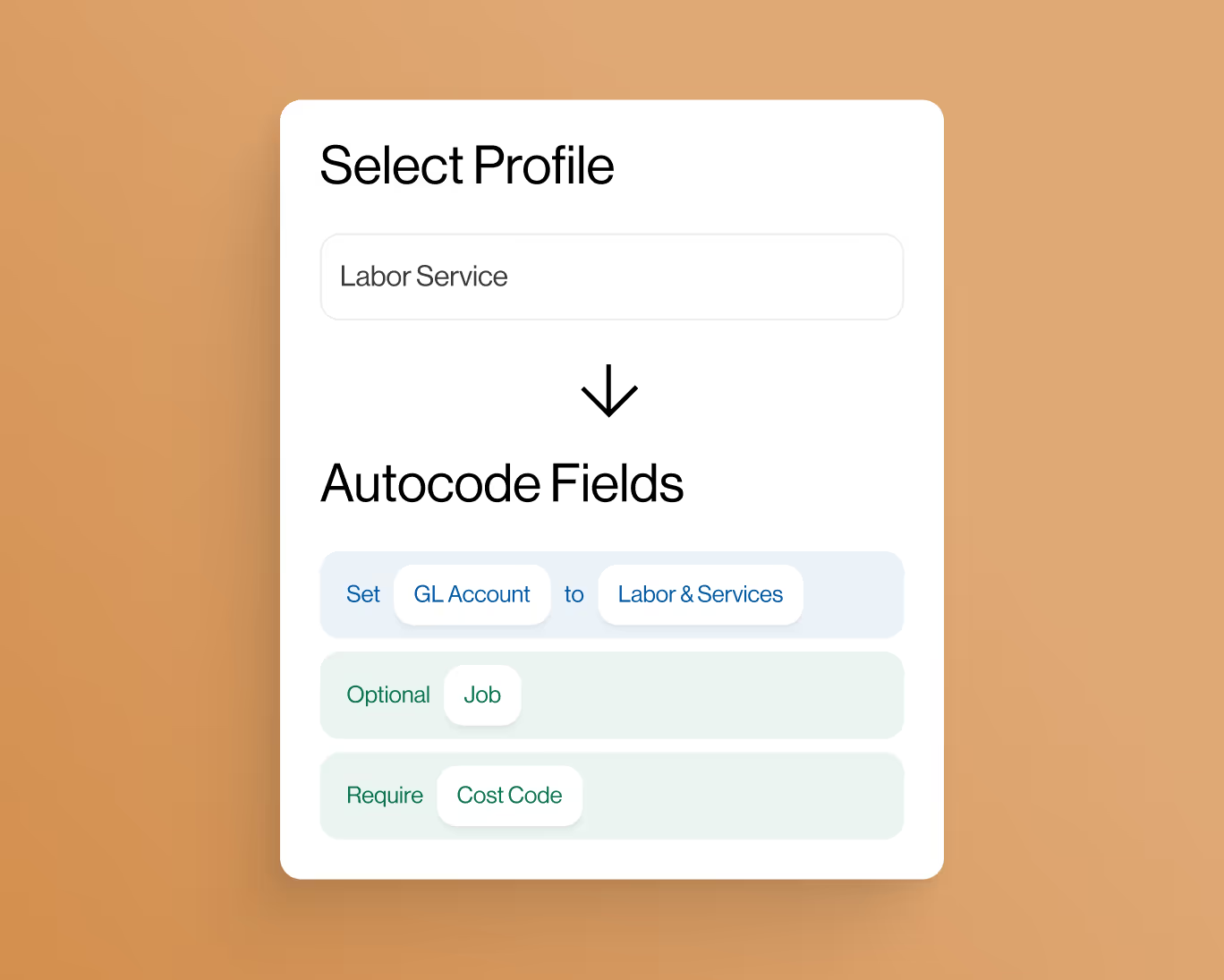Earned Value Analysis (EVA) in the Construction Industry: Enhancing Project Performance and Control
In the dynamic and complex world of construction projects, ensuring efficient performance measurement and control is crucial for successful project delivery. One powerful technique used to achieve this is "Earned Value Analysis (EVA)." Earned Value Analysis is a project management tool that provides valuable insights into project progress, performance, and potential risks. In this blog post, we will explore the concept of Earned Value Analysis in the construction industry, its significance, and how it helps construction professionals enhance project performance and control.
Understanding Earned Value Analysis (EVA) in Construction
Earned Value Analysis is an integral part of Earned Value Management (EVM), which combines measurements of planned progress, actual progress, and actual cost to assess a project's performance. EVA helps project managers and stakeholders answer critical questions, such as "How well are we doing?", "What will the final cost be?", and "Will we finish on time?".
In Earned Value Analysis, three key metrics are used:
- Planned Value (PV): Also known as Budgeted Cost of Work Scheduled (BCWS), PV represents the value of work that was planned to be completed by the reporting date.
- Earned Value (EV): EV represents the value of work that has been completed and earned by the project at a specific point in time. It is a measurement of the actual progress made on the project.
- Actual Cost (AC): AC represents the actual costs incurred for the work completed by the reporting date.
The comparison of PV, EV, and AC enables project managers to evaluate cost and schedule performance, forecast project completion, and identify potential issues early.
Significance of Earned Value Analysis (EVA) in Construction
Earned Value Analysis is highly significant in construction projects due to the following reasons:
- Objective Performance Measurement: EVA provides an objective and quantifiable measurement of project performance, allowing project managers to assess progress accurately.
- Cost and Schedule Control: By comparing EV to PV and AC, project managers can identify cost and schedule variances and take corrective actions to keep the project on track.
- Forecasting and Risk Management: EVA aids in forecasting project completion, cost at completion, and identifying potential risks before they escalate.
- Resource Optimization: EVA helps optimize resource allocation, ensuring that resources are utilized efficiently.
- Client Communication: Transparent EVA reports enable effective communication with clients and stakeholders, providing a clear picture of project progress and performance.
Implementing Earned Value Analysis (EVA) in Construction
The successful implementation of Earned Value Analysis involves the following steps:
- Work Breakdown Structure (WBS): Develop a detailed Work Breakdown Structure that divides the project into smaller, measurable tasks or activities.
- Assigning Planned Values (PV): Assign a specific value or percentage of the total project budget to each task in the WBS, representing the budgeted cost of work scheduled (BCWS) for that task.
- Progress Measurement: Regularly measure and record the actual progress of each task or activity completed by the project's reporting date.
- Calculating Earned Value (EV) and Actual Cost (AC): Multiply the percentage of work completed by the BCWS for each task to determine the Earned Value (EV) for that task. Similarly, record the actual cost incurred for each task or activity to determine Actual Cost (AC).
Interpreting Earned Value Analysis (EVA) Metrics
Earned Value Analysis provides several key performance metrics that offer valuable insights into project performance:
- Cost Performance Index (CPI): CPI is the ratio of EV to AC, indicating cost efficiency. CPI > 1 signifies cost savings, while CPI < 1 indicates cost overruns.
- Schedule Performance Index (SPI): SPI is the ratio of EV to PV, indicating schedule efficiency. SPI > 1 signifies ahead of schedule progress, while SPI < 1 indicates behind schedule progress.
- Variance at Completion (VAC): VAC represents the projected cost variance at the end of the project, indicating the estimated final cost.
- Estimate at Completion (EAC): EAC represents the projected total cost of the project at completion, based on current performance and future assumptions.
- To-Complete Performance Index (TCPI): TCPI represents the required performance efficiency to achieve specific project objectives, such as staying within budget or finishing ahead of schedule.
Benefits of Earned Value Analysis (EVA) in Construction
Earned Value Analysis offers numerous benefits to construction projects:
- Accurate Performance Assessment: EVA provides an accurate and data-driven assessment of project performance, enabling informed decision-making and proactive management.
- Early Issue Identification: By analyzing EVA metrics, project managers can identify potential issues early and take corrective actions to avoid cost and schedule overruns.
- Improved Cost Control: EVA helps control project costs by comparing actual costs to the value of work completed, ensuring efficient resource allocation.
- Better Resource Allocation: EVA aids in optimizing resource allocation, preventing resource bottlenecks, and enhancing overall project productivity.
- Effective Risk Management: EVA facilitates risk management by highlighting potential risks and uncertainties that may impact project outcomes.
Challenges in Earned Value Analysis (EVA) Implementation
Implementing Earned Value Analysis in construction projects can be challenging due to the following factors:
- Data Accuracy: Accurate data collection and measurement are essential for reliable Earned Value Analysis.
- Complexity of Projects: In large and complex projects, tracking progress and calculating Earned Value for each task can be time-consuming.
- Organizational Buy-In: Successful EVA implementation requires organizational buy-in and training to ensure its effective use.
- Subjective Assessments: In some cases, measuring progress and assigning Earned Values may involve subjective judgment.
Conclusion
Earned Value Analysis (EVA) is a powerful project management tool in the construction industry, enabling construction professionals to evaluate project performance, control costs, and manage schedules effectively. By comparing planned progress to actual progress and costs, EVA provides valuable insights into a project's health and assists in making informed decisions. Embracing Earned Value Analysis fosters transparency, enhances project control, and contributes to the overall success of construction projects.










